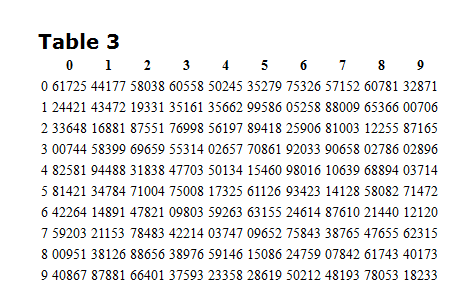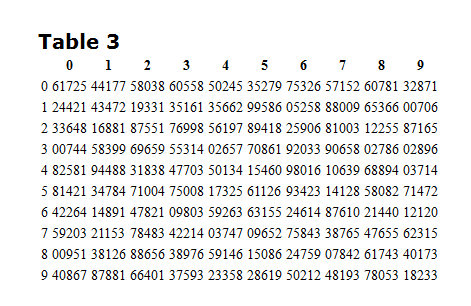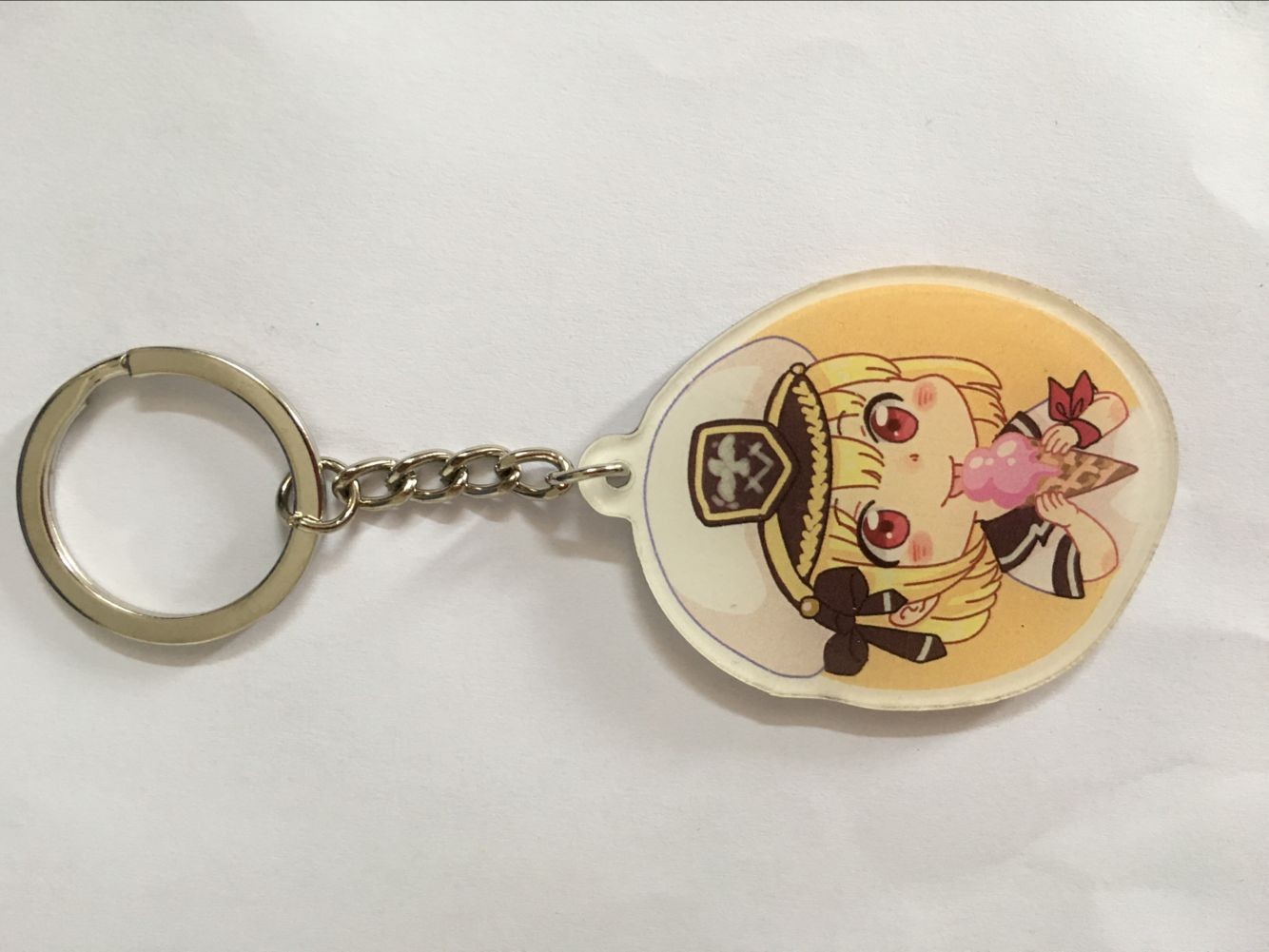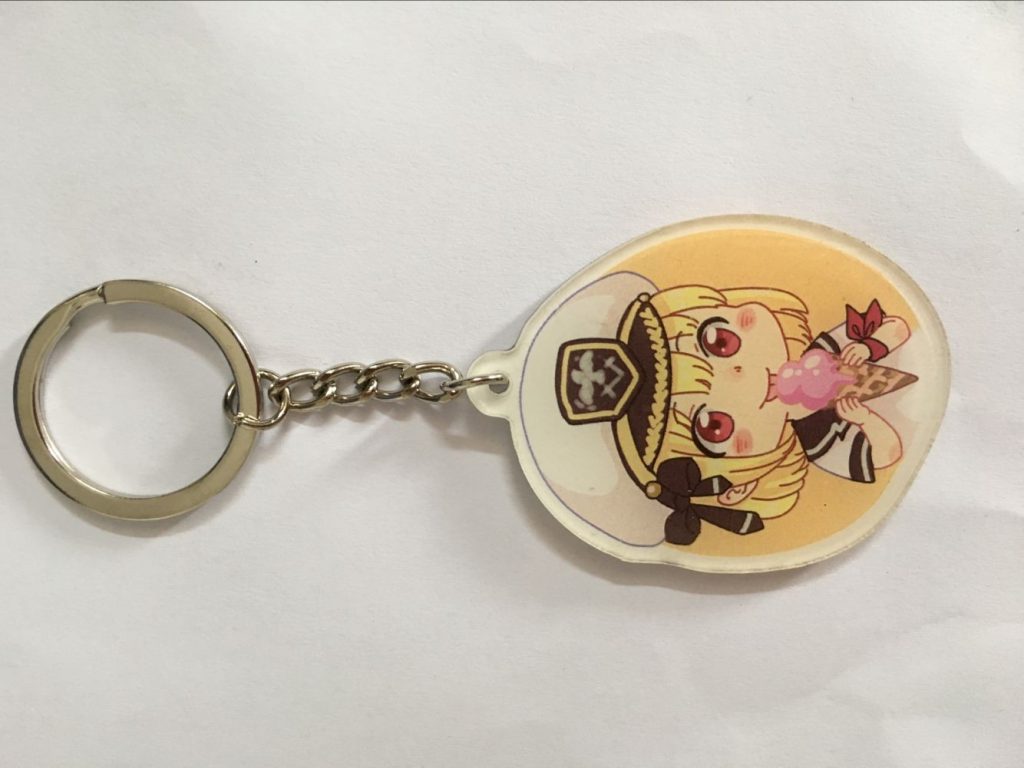I’ve been mulling over the timeline and something doesn’t quite measure up. Care to clarify for me how this came about?
As you mention repeatedly, most countries appear to be “doing better” comparatively to where they are in real life. The Soviet Union is, in your own words, hale and hearty and provides an ideological balance to the West. My personal distaste for communism aside, how did this come about?
In real life, as you are aware, a wave of communist uprisings occurred in the 1950s and 1960s. Additionally, even if the Soviet Union did not care for intervention, the United States certainly did. I name, in historical chronological order, the US interfered in places such as the Korean peninsula, Syria, Iran, Guatemala, Tibet, Indonesia, Lebanon, Cuba, various parts of Africa, Guyana, so and so forth, eventually resulting in Vietnam in the 1970s.
Let us assume for a moment that the Soviet Union is as “good” as they claim to be. Given significant support of the US to the above operations historically, how do you plan on explaining the lack of popular and political support for such interventions in Pacific’s setting?
Good question. As usual, I love it when a question is thoughtful and detailed. It’s also a chance for me to step back from planning and writing and well, flex some muscles once in a while.
The shorter version is that diplomacy and the Korean War.
The short version of this is that from a thematic perspective, it is necessary for Pacific to build a less interventionist America in order to make the entire world work. To create a world with multiple competing great powers, it necessitates “nerfs” to certain historical actions that would have cemented America’s status as a superpower in the world. This basically means that UK and Japan need to be powerful, even major local powers with (some) ability to influence global politics.
Using East Asia as an example. Japan’s strategic independence happened around the 80s, more or less, but it’s currently hemmed in by a very hostile USSR (some of the Lens of History’s already hinted at this – you’ll see) and a growing China, which is (strangely enough) playing something of a role similar to a very aggressively developing yet very non-interventionist Switzerland. It’s not firmly aligned with the USSR despite both countries being communist, and it’s not really courting the US either. In short, it’s just kind of there… doing its own thing.
What caused this to happen are basically two significant events. The loss of the US Pacific fleet – as noted in AR, and the Korean War, where Pacific’s timeline formally diverges from our real life one today. What happened was that the Chinese took and inflicted far more casualties than they did historically, and the USSR was on the verge of direct military intervention. Stalin was also more than happy to freely unload the excessive military build-up onto China, and Soviet Lend-lease, for what it’s worth, made it extremely costly for the UN (but let’s be honest, it’s mostly the US) forces.
Just how bloody? I’ll give you a hint. It’s easily in the six digit casualty (death, not wounded) range. At a minimum that’s 2.5x more (give or take) than the historical Korean War. As you can imagine this war did not sit well with people at home. The US military was a bit like a man half-drunk at the time. It had been disarmed and then hastily rearmed. Most of its veterans have left service, returning to civilian life. Morale is understandably low (The South Koreans didn’t help. They engaged in scorched earth tactics just like the North Koreans did and news coverage of Syngman Rhee really didn’t help things along) both at home and abroad. By 1951, in Pacific’s timeline, support for the war have dipped below 50%. When Soviet lend-lease kicked in and the coffins seriously started to come home at an alarming rate, support dropped even further. Eisenhower’s refusal to declare war on the USSR really didn’t sit well with the anti-communist Republicans (and Democrats), while those concerned for their own re-election in an unpopular war wanted out. It was just a mess.
For the record, Europe is on the verge of unrest. When the Suez canal incident (also ahistorical in Pacific) occurred in 1954, the Korean War is still going on. Faced with the French collapse in Indochina, social upheaval in the Philippines and Southeast Asia, regime change in the Middle East, and political intrigue in Europe. Add the threat of that Abyssal invasion on top of it, and you can probably see just how Eisenhower, at least, finally lost patience trying to play World Police.
With the Korean War finally ending in 1956, the CIA in Pacific’s timeline was not given nearly as much independence or support as it did in real life. Other presidents didn’t really seem to be interested in expanding the scope of its activities either. STEC is also something of a chip that each administration can in theory wield directly – power of the executive branch, indeed. That reduces incentive to fund the CIA as well.
Note that despite STEC not being used politically, it basically allowed for significant off-the-record interactions diplomatically between the US and the USSR (and other countries). While Stalin himself (at least to STEC’s current knowledge) has never disclosed whether or not he’s taking the Abyssal threat seriously, there are many senior members in the USSR that do, chief among them General Secretary and eventually Premier Khrushchev, Foreign Minister Andrei Gromyko, and Marshalls Rokossovsky and Zhukov.
This tradition of diplomacy basically gave those involved in STEC, at least, huge amounts of bargaining power politically, since they know – without others knowing that they know – generally what the actual opinions are coming from the other powers.
Hope that answers the question somewhat. I got home super late today. x)







